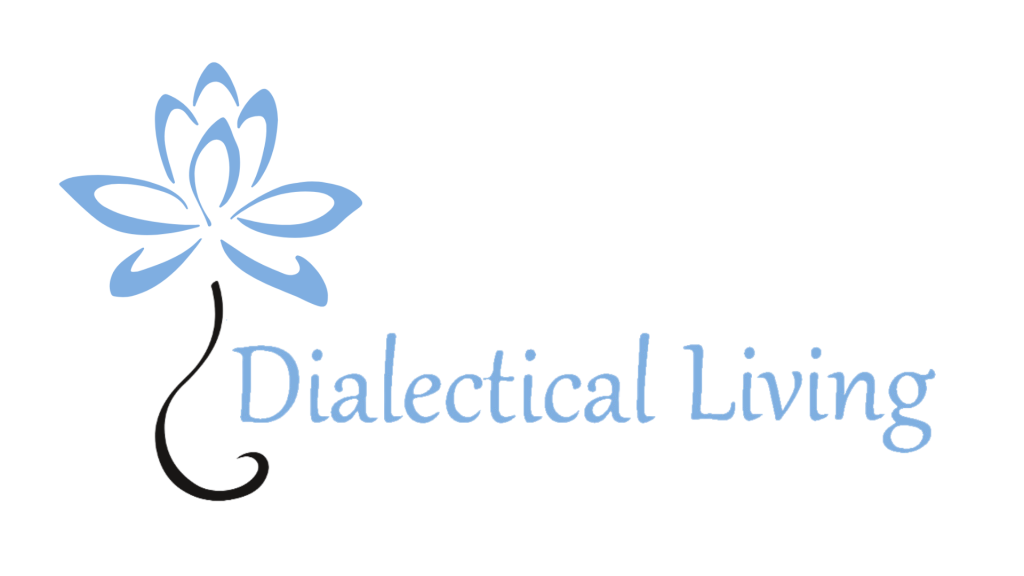Here are some ways to practice getting into wise mind taken from Marsha Linehan, 2nd Ed. of her Skills Manual.
MINDFULNESS HANDOUT 3A (p. 1 of 2)
(Mindfulness Worksheet 38 3. p 😉
Ideas for Practicing Wise Mind
The mindfulness skills often require a lot of practice. As with any new skill, it is important to first practice when you don’t need the skill. If you practice in easier situations, the skill will become automatic, and you will have the skill when you need it. Practice with your eyes closed and with your eyes open.
1. Stone flake on the lake. Imagine that you are by a clear blue lake on a beautiful sunny day. Then imagine that you are a small flake of stone, flat and light. Imagine that you have been tossed out onto the lake and are now gently, slowly, floating through the calm, clear blue water to the lake’s smooth, sandy bottom.
• Notice what you see, what you feel as you float down, perhaps in slow circles, floating
toward the bottom. As you reach the bottom of the lake, settle your attention there within
yourself.
• Notice the serenity of the lake; become aware of the calmness and quiet deep within.
• As you reach the center of your self, settle your attention there.
2. Walking down the spiral stairs. Imagine that within you is a spiral staircase, winding down to your very center. Starting at the top walk very slowly down the staircase, going deeper and deeper within yourself.
• Notice the sensations. Rest by sitting on a step, or turn on lights on the way down if you
wish. Do not force yourself further than you want to go. Notice the quiet. As you reach the
center of your self, settle your attention there— perhaps in your gut or your abdomen.
3. Breathing “Wise” in, “Mind” out. Breathing in, say to yourself, “Wise”; breathing out, say
“Mind.”
• Focus your entire attention on the word “wise,” then, focus it again entirely on the word
“mind.”
• Continue until you sense that you have settled into Wise Mind.
4. Asking Wise Mind a question. Breathing in, silently ask Wise Mind a question.
• Breathing out, listen for the answer.
• Listen, but do not give yourself the answer. Do not tell yourself the answer; listen for it.
• Continue asking on each in- breath for some time. If no answer comes, try again another
time.
5. Asking is this Wise Mind? Breathing in, ask yourself, “Is this (action, thought, plan, etc.)
Wise Mind?”
• Breathing out, listen for the answer.
• Listen, but do not give yourself the answer. Do not tell yourself the answer; listen for it.
• Continue asking on each in- breath for some time. If no answer comes, try again another
time.
6. Attending to your breath coming in and out, let your attention settle into your center.
• Breathing in completely, notice and follow the sensations of your breath coming in.
• Let your attention settle into your center, at the bottom of your breath, at your solar
plexus—or
• Let your attention settle in the center of your forehead, your “third eye,” at the top of your
breath.
• Keeping your attention at your center, exhale, breathing normally, maintaining attention.
• Settle into Wise Mind.
7. Expanding awareness. Breathing in, focus your awareness on your center.
• Breathing out, stay aware of your center, but expand awareness to the space you are in
now.
• Continue on in the moment.
8. Dropping into the pauses between inhaling and exhaling.
• Breathing in, notice the pause after inhaling (top of breath).
• Breathing out, notice the pause after exhaling (bottom of breath).
• At each pause, let yourself “fall into” the center space within the pause.





